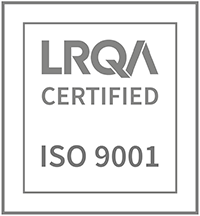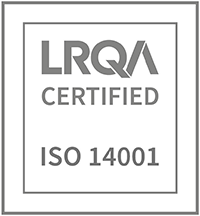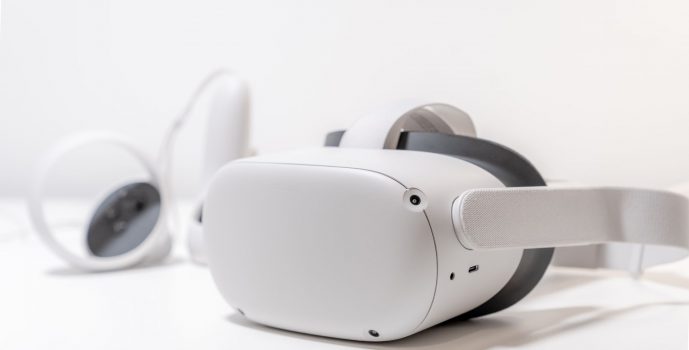Virtual reality (VR) is a technology that has become increasingly popular in various industries, including architecture — rapidly proving to be a valuable tool for industry professionals in creating immersive and interactive experiences during the design process, for clients and stakeholders alike. In fact, these useful headsets have become a regular fixture in both the Paris and London RBA offices.
Here, we take a closer look at some of the benefits of using virtual reality in architectural practices…
Firstly, VR allows architects to present their designs in a more engaging and interactive way. With this tool in their roster, clients and stakeholders can experience the design in a realistic and engaging environment, giving them a more holistic understanding of the entire project. This, in turn, enhances communication and collaboration between the architect and the client, thus streamlining feedback channels.
Secondly, this immersive technology can help save time. Traditional design processes involve creating 2D drawings and physical models, which can be time-consuming. By creating 3D models, designers can efficiently iterate blueprints without a long, complex process — empowering employees with more time to finetune design details and functionality.
Another benefit is the ability to test design features and performance. Architects can use VR to simulate different lighting, textures, and materials, allowing them to visualise and test how the design will look and operate in different scenarios. This helps to identify potential issues and make changes early in the process.
Lastly, with the use of this cutting-edge tool, architects can create more compelling presentations and proposals that set them apart from other practices.
Virtual reality is a powerful tool that has revolutionised the way architects design and present their projects. It enhances communication and collaboration between the architect and client, saves time and money, allows for testing of design features and functionality, and provides a competitive advantage.
As we continue to incorporate VR into our day-to-day operations at Reid Brewin Architects, this technology will only advance — becoming an even more valuable and important tool within our practice. Who knows where we will be in 10 years time…








